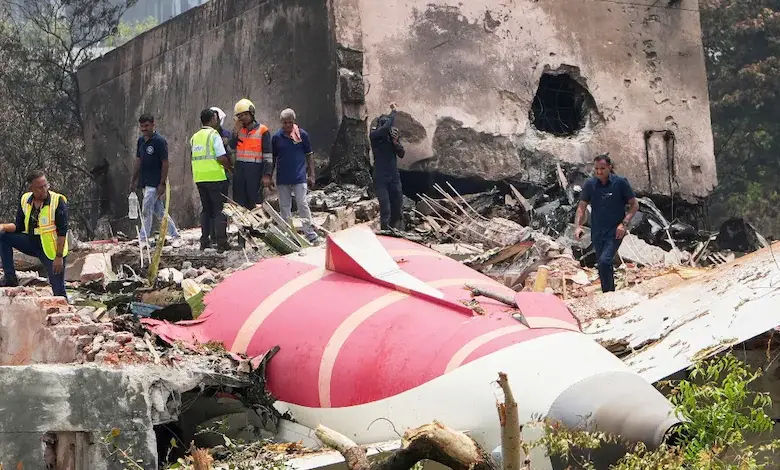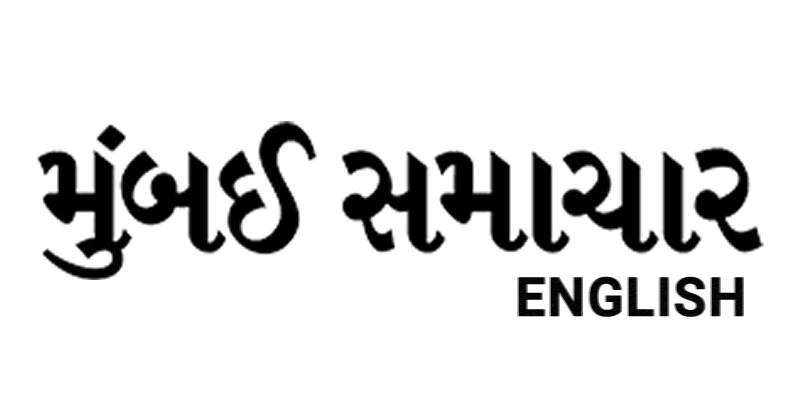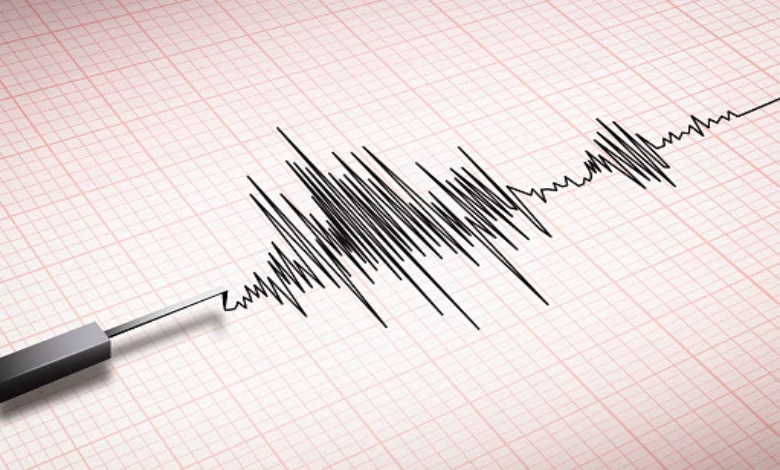Ahmedabad Plane Crash: Air India Simulators Fail to Replicate Fatal AI-171 Crash Scenario; Focus Shifts to Black Boxes

New Delhi: One week after the fatal Air India Express flight AI-171 crash on June 12th that claimed 260 lives, at least three of the airline’s Boeing 787 training pilots attempted to recreate potential accident scenarios in Mumbai simulators. Their goal was to understand the events leading to the aircraft’s inability to climb after takeoff from Ahmedabad.
The pilots specifically tried to simulate electrical failures that could cause both engines to flame out simultaneously. However, they were unable to replicate such a catastrophic dual-engine failure under the known flight conditions.
Investigators from the Aircraft Accident Investigation Bureau (AAIB) are now meticulously examining data recovered from the jetliner’s black boxes (Flight Data Recorder and Cockpit Voice Recorder). A key focus is the position of the aircraft’s fuel switches. They will cross-reference this data with any recovered wreckage of the switches to determine if the engines were accidentally shut off by the crew during the critical takeoff phase or immediately after liftoff.
To ensure simulation accuracy, the pilots used the precise “trim sheet” data from AI-171. This document details the aircraft’s calculated weight and balance, confirming its center of gravity was within safe operational limits for takeoff.
The training pilots also simulated other emergencies: a single-engine failure, leaving the landing gear (undercarriage) extended (“down”), and fully retracting the wing flaps. This combination – an underpowered jet with gear down and no takeoff flaps – creates an unsafe, non-standard takeoff configuration not used in normal operations. Extended landing gear creates significant drag, hindering climb, and retracted flaps drastically reduce lift. This setup was chosen to test the aircraft’s behaviour under extreme duress.
Crucially, in all these simulated scenarios – including single-engine operation with the problematic configuration – the Boeing 787-8 was able to gain altitude safely. This highlights the significant power of its General Electric GEnx-1B67-K engines, each rated at approximately 70,000 pounds of thrust.
The article states that Air India’s Boeing 787 pilots are not trained to handle a dual-engine failure below 400 feet – the approximate altitude of AI-171 when trouble struck. Such training is considered “negative training” because successful recovery at that altitude is deemed technically impossible. A dual-engine failure at that height would almost certainly result in a crash.
Multiple pilots consulted by NDTV are awaiting the AAIB’s preliminary report, expected next week, hoping it will explain the cause of the suspected dual-engine failure. Such an event was previously considered a remote statistical possibility, especially for a major airline adhering to International Civil Aviation Organisation (ICAO) maintenance, training, and safety protocols.
The investigation’s findings are critical for Air India, which operates 33 Boeing 787 Dreamliners (26 -8s and 7 -9s) – the most numerous twin-aisle type in its fleet. A systemic issue with the Dreamliner, extending beyond Air India, could impact Boeing and the many global airlines operating this key international aircraft. Engine manufacturer General Electric also has significant interest in the report’s conclusions.
This crash marks the first fatal accident involving a Boeing 787 Dreamliner since the aircraft type entered service in October 2011.




